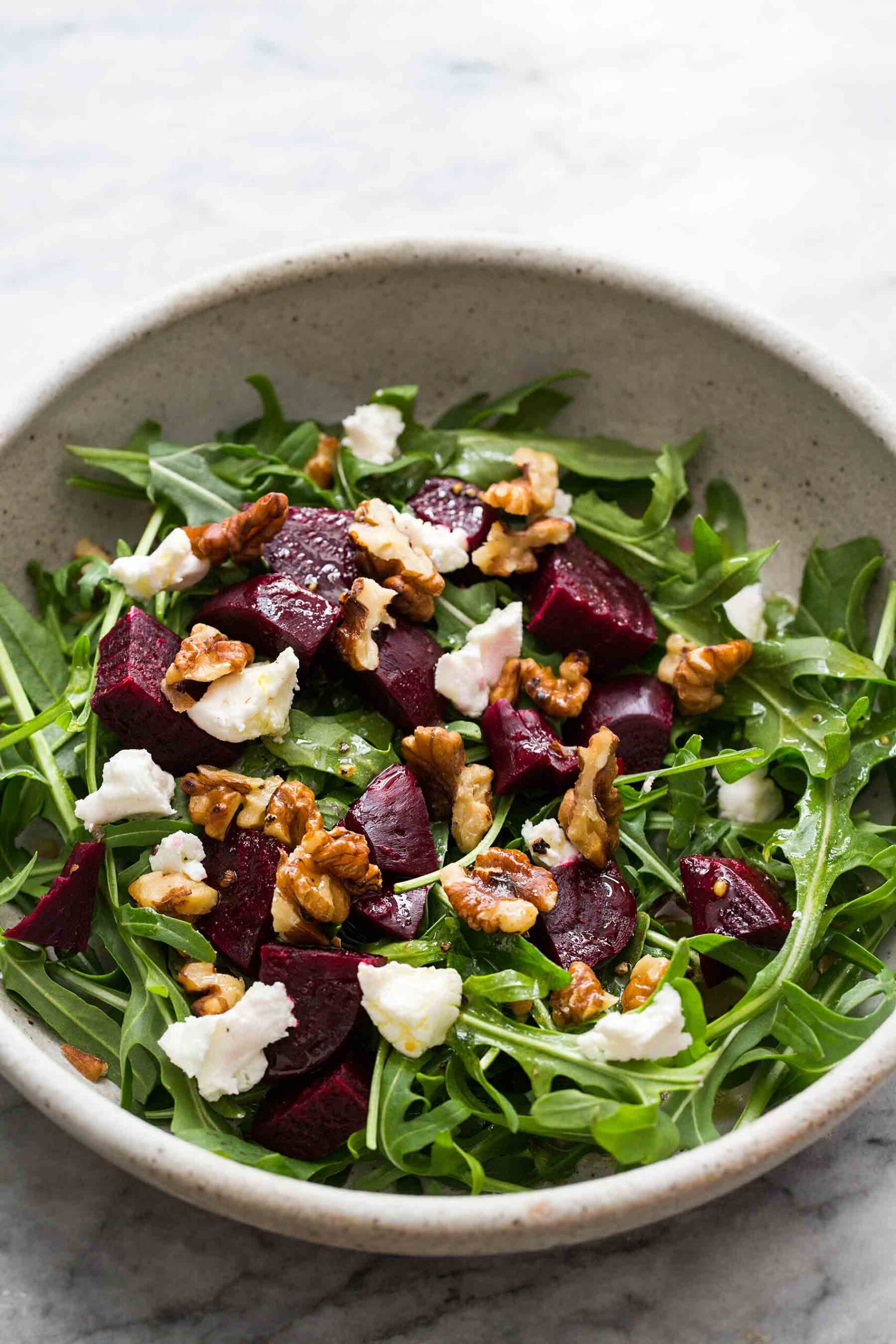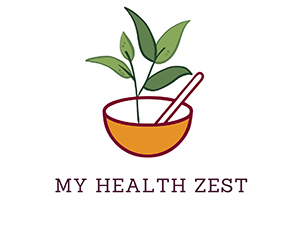
07 Jun High blood pressure diet – ‘How Not to Die’
High blood pressure is a massive killer in the developed world. It is actually identified as the number-one risk factor for death in the world (Bromfield and Muntner, 2013). So, what can you do about your diet to reduce your risk of high blood pressure? And what kind of high blood pressure diet will protect you from death from stroke and heart disease?
Sodium
From what I have read in ‘How Not to Die’ by Michael Greger and Gene Stone the BIGGEST contributing factor to high BP is salt in food. Although you may not add salt to your meal at the table, you might put salt into the cooking (it doesn’t need it). Also, processed foods such as crisps, bacon, ham, bread, and cheese, as well as others contain hidden sodium. A good way to reduce your sodium intake is to read the nutritional label of the food and look for how much sodium it contains. Apparently, bread is one of the highest contributors, so you might want to check the label of your bread.
Check the label
As a general rule, try to buy food that has fewer milligrams of sodium on the label than there are grams in the serving size. So if it is a 100g serving size, there should be less than 100 mg of sodium. Overall you want to aim to eat less than 1,500 mg a day, and definitely no more than 2,300 mg.
‘If we could cut our salt intake by about ½ a teaspoon a day (by avoiding salty foods and not adding salt), we might prevent 22 % of stroke deaths and 16 % of fatal heart attacks (Greger, 2017).’
‘In addition to high blood pressure, salty meals can significantly impair artery function, even among people whose blood pressure tends to be unresponsive to salt intake (Greger, 2017).’
‘Stop adding salt while cooking. The food may taste bland at first, but within two to four weeks, the salt-taste receptors in your mouth become more sensitive, and food tastes better. Believe it or not, after two weeks, you may actually prefer the taste of food with less salt (Greger, 2017).’
Wholegrains
People who regularly eat whole grains have slower narrowing of the two most important arteries – the coronary arteries – feed the heart and the carotid arteries – feed the brain (Greger, 2017).
DASH Diet – Dietary Approaches to Stop Hypertension – traditional high blood pressure diet
Traditionally supposed to be a lactovegetarian diet (dairy, but no meat or eggs), but has been adapted to emphasise fruits, vegetables, low-fat dairy, and the idea is to eat less meat. The positive effect of this diet is mostly due to the added fruit and vegetables (de Paula et al, 2012).
There appears to be a stepwise drop in hypertension rates the more plant-based foods you eat. Flexitarians (eat meat once or twice a week) – 23 % lower rates of high BP, pescatarians (only eat fish as meat) – 38 % lower risk of high BP, vegetarians (no meat) – 55 % lower rate of high BP and vegans (no meat, dairy or eggs) – 75 % reduced risk of high BP (Fraser, 2009).
Your doctor should have told you about the DASH diet? It is specifically designed to reduce BP and cholesterol as well as blood sugar. Here is some information about the diet:
https://www.mayoclinic.org/healthy-lifestyle/nutrition-and-healthy-eating/in-depth/dash-diet/art-20048456
Flaxseeds
Flaxseed is considered, even in medical journals as a miracle defence against hypertension (Akhtar et, al, 2013). Adding 2- 3 tbsp of flaxseed a day was shown to result in 46 % fewer strokes and 29 % less heart disease over time (Rodriguez-Leyva, D et al, 2013)
Flaxseeds are also very helpful for warding off cancers, particularly breast cancer, and prostate cancer.
In order to get the benefit, you could add 1 – 2 tbsp of ground flaxseed to your morning cereal (wholegrain cereal for best results!).
Hibiscus tea
Also rich in antioxidants, and reduces cholesterol. Drinking a cup of hibiscus tea each day can reduce systolic blood pressure by six points (McKay et al, 2010)
Nitric oxide (NO)
‘Tells the walls of your arteries to relax and allows them to open up, letting more blood flow (Greger, 2017).’
The best way to get NO is to eat nitrate-rich vegetables such as beetroot juice and rocket. Here is a list of the top ten nitrate-containing vegetables (in ascending order, so 1 is the best).
10. Beetroot
9. Swiss chard
8. Oakleaf lettuce
7. Beetroot greens
6. Basil
5. Spring greens (scallions)
4. Butter leaf lettuce
3. Coriander
2. Rhubarb
1. Rocket
(European Food Safety Authority, 2008)
‘The healthiest way to get your nitrate fix is to eat a big salad every day (Greger, 2017)’.
Another good way is to drink 125 ml of beetroot juice a day. It would be good to make a beetroot/carrot/orange/ginger juice every day in a juicer, but I know that might be too much of a hassle!
Recommendations for a high blood pressure diet
So I would recommend that focussing on what you can control – ie. what you eat!.
For breakfast, you could check the sodium content of your bread and perhaps try to eat a whole grain cereal like porridge or muesli with ground flaxseed on top.
You could also add a green smoothie to increase your intake of fruit and vegetables. An obvious way to get more greens (particularly rocket and the other nitrate rich lettuces is to put them in your morning green smoothie
– Spring https://myhealthzest.com.au/2016/10/08/spring-green-smoothie-beautiful-sunshine/
– Winter – https://myhealthzest.com.au/winter-green-smoothie/
To increase nitrates in your food to relax your blood vessels, you could easily add a salad to your lunch every day, including the top ten ingredients listed above. Please find below some recipes to get you started!
Look out for future posts about dinner recipes and other seasonal recipes that would be suitable for a high blood pressure diet menu.
High blood pressure diet menu
Winter beetroot and/or Rocket (Arugula) salads
https://www.simplyrecipes.com/recipes/arugula_salad_with_beets_and_goat_cheese/ – this is the perfect combination of beets and rocket. You could roast the beetroot on the weekend, or during the morning and make the salad ahead – it should keep for a couple of days
https://cookieandkate.com/simple-beet-arugula-and-feta-salad-with-hilarys-balsamic-thyme-dressing/ – this salad is similar but might keep for a bit longer if you keep the rocket leaves separate. You can toast the pepitas on the weekend before – or just eat them raw! They will be fine.
https://cooking.nytimes.com/recipes/1015857-beet-orange-and-arugula-salad – This salad can also be made ahead and includes the lovely addition of citrus (nice in winter)
If you get locked out of the NYTimes here is another recipe that is free to access:
https://www.simplyrecipes.com/recipes/arugula_salad_with_beets_and_goat_cheese/
And one with oranges: https://www.marilenaskitchen.com/2017/01/07/arugula-beet-orange-and-goat-cheese-salad/
https://www.taliabunting.com/arugula-winter-salad/ – to save time during the week, you could toast the hazelnuts (bake in the oven at 180 degrees Celcius for 10 minutes) – or eat the hazelnuts raw – they will be tasty
https://cookieandkate.com/orange-arugula-salad-recipe/ – note an ounce is equal to 28 g, so you can do the maths – you could make a big batch of the salad and dressing at the start of the week and then dress each serving separately as you need it
https://www.foodandwine.com/salads/green-salads/arugula-salad – here’s a list of rocket salads to inspire you and give you some options
https://www.bbcgoodfood.com/recipes/winter-leaf-salad – this leaf salad could be made with rocket – and is quick to put together
Although the following recipe is a little more work than the others on the list, you could make the lentils and dressing on the weekend, and simply toss the salad during the week. [I would suggest using rocket instead of chard for the salad to increase nitrates in your salad] It would also be delicious. I know how you love lentils!
Beetroot, lentil, and mint with pomegranate molasses and orange dressing
The beauty of this salad is its simplicity, its wonderful textures, and flavours combining to create a refreshing yet earthy taste sensation. Bull’s blood salad leaves (ruby red chard) are preferable, but watercress or rocket would also do.
Serves 6
100ml extra virgin olive oil
1 small leek, cut in half lengthways and sliced
1 small red onion, sliced
4 garlic cloves, finely chopped
250g puy lentils
1 tbsp each of chopped rosemary, thyme and sage
100ml mirin
40g white miso
50ml soy sauce
150g raw beetroot, peeled and cut into fine strips
A large handful of mint leaves, shredded
2 handfuls of bull’s blood leaves
For the dressing
1 tbsp pomegranate molasses
4 tbsp red wine vinegar
Juice and zest of half an orange
100ml extra virgin olive oil
A pinch of salt
1. Heat the olive oil in a heavy-based pan, add the leek, onion, and garlic and cook over high heat until caramelised. Add the lentils, herbs, and mirin and continue to fry for 4 minutes, stirring from time to time.
2. Pour on enough water to cover the lentils by 2-3cm, then bring to the boil and simmer for about 20 minutes, until the lentils are tender (if they begin to look dry, add a little more water).
3. Remove from heat and stir in the miso and soy sauce. Check the seasoning, adding more soy if needed, then leave to cool.
4. Whisk together all ingredients for the dressing. Toss the beetroot, mint, and lentils together in a bowl with a generous slosh of the dressing.
5. Layer with the salad leaves and serve.
The Modern Pantry Cookbook by Anna Hansen (Ebury Press)
Additional resources and recipes
Here are some additional recipes that contain beetroot and/or rocket:
A lovely beetroot and rocket dip!
There is another nice beetroot dip recipe in this meal plan: https://myhealthzest.com.au/2019/08/11/best-winter-recipes-planning-august-11/
A lovely recipe including a rocket salad and lovely omega 3s from baked salmon – https://myhealthzest.com.au/2019/07/27/spicy-baked-salmon-recipe-with-cauliflower-couscous/
How are you feeling about your blood pressure? What is one small thing you can do this week to eat for your heart health?
References:
Akhtar, s, Ismail, T, Riaz, M, 2013, ‘Flaxseed – a miraculous defence against some critical maladies’, Pakistan Journal of Pharmacological Science, vol 26(1), page 199-208
Bromfield, S, Muntner, P, ‘High blood pressure: the leading global burden of disease risk factor and the need for worldwide prevention programs.’ Current Hypertension Report, vol 15(3), pp, 134-6
European Food Safety Authority, 2008, ‘Nitrate in vegetables: scientific opinion of the panel on contaminants in the food chain’, EFSA Journal, vol 689, pp 1 – 79.
Fraser, GE, 2009, ‘Vegetarian diets: what do we know of their effects on common chronic diseases?’ American Journal of Clinical Nutrition, vol 89 (5): 1670S – 1612S
Greger M, and Stone, G, 2017, ‘How Not to Die: Discover the Foods Scientifically Proven to Prevent and Reverse Disease’, Pan Books, London.
McKay DL, Chen CY, Saltzman E, Blumberg JB, 2010, ‘Hibiscus sabdariffa L. tea (tisane) lowers blood pressure in pre-hypertensive and mildly hypertensive adults’ Journal of Nutrition, vol 140(2), pp 298 – 303.
Rodriguez-Leyva, Weighell, W, Edel AL, et al, 2013, ‘Potent hypertensive action of dietary flaxseed in hypertensive patients’, Hypertension, vol 62(6), pp 1081-9

Pingback:Cacao bliss balls: a healthy Christmas treat that can be made ahead - My Health Zest
Posted at 11:12h, 01 December[…] potassium, magnesium and fibre. Potassium helps reduce the risk of stroke because it regulates blood pressure while maintaining heart health. Magnesium contributes to lower stress levels, boosts your […]
Pingback:What is choline good for? And do you need more of it - My Health Zest
Posted at 21:29h, 02 February[…] Wheat germ: 28 grams contains 207 […]
Pingback:Lifestyle Medicine: lifestyle habits to improve your health - My Health Zest
Posted at 22:35h, 06 August[…] problems including weight gain, an increased risk for depression, impaired cognitive function, high blood pressure and chronic […]